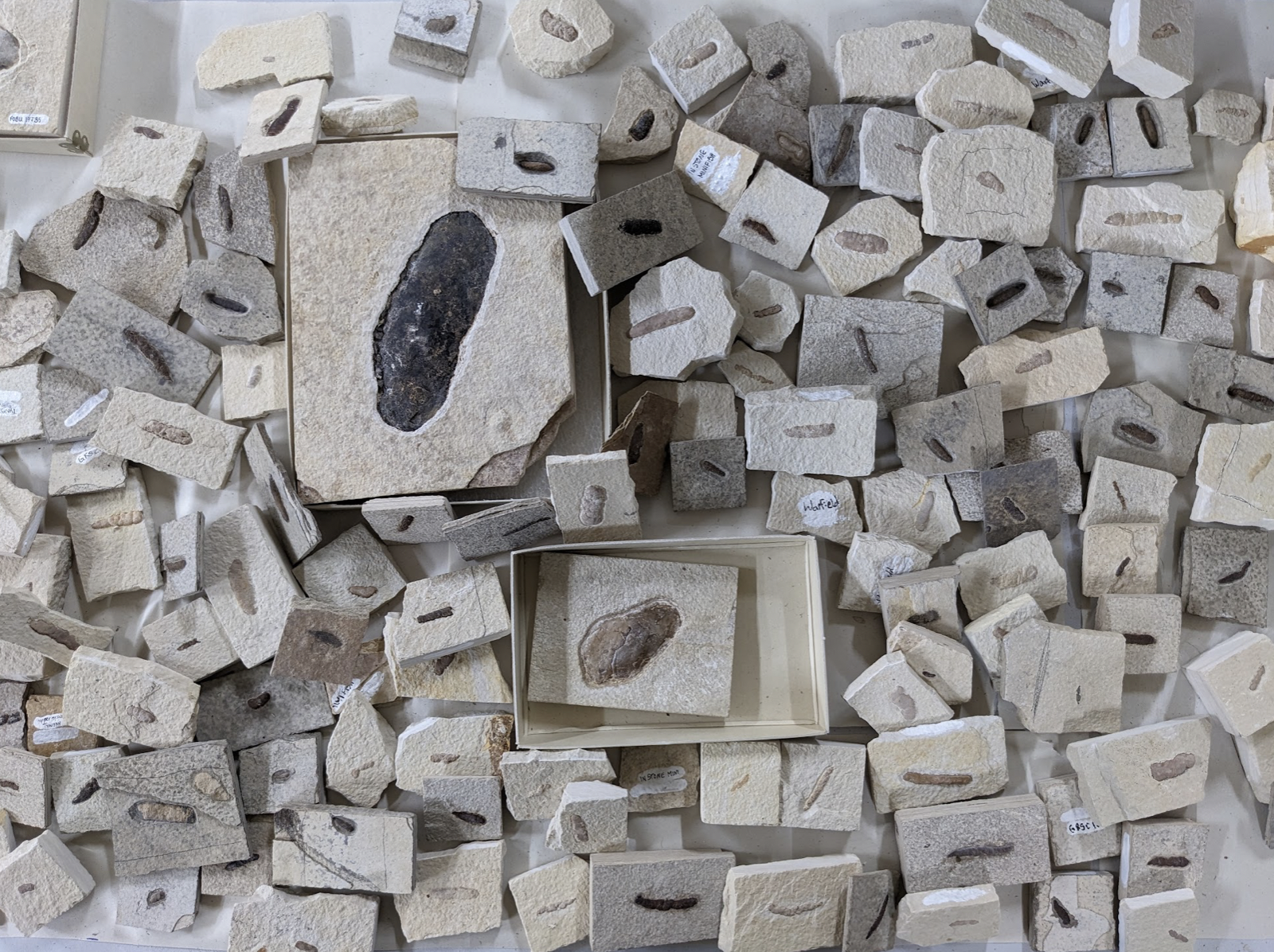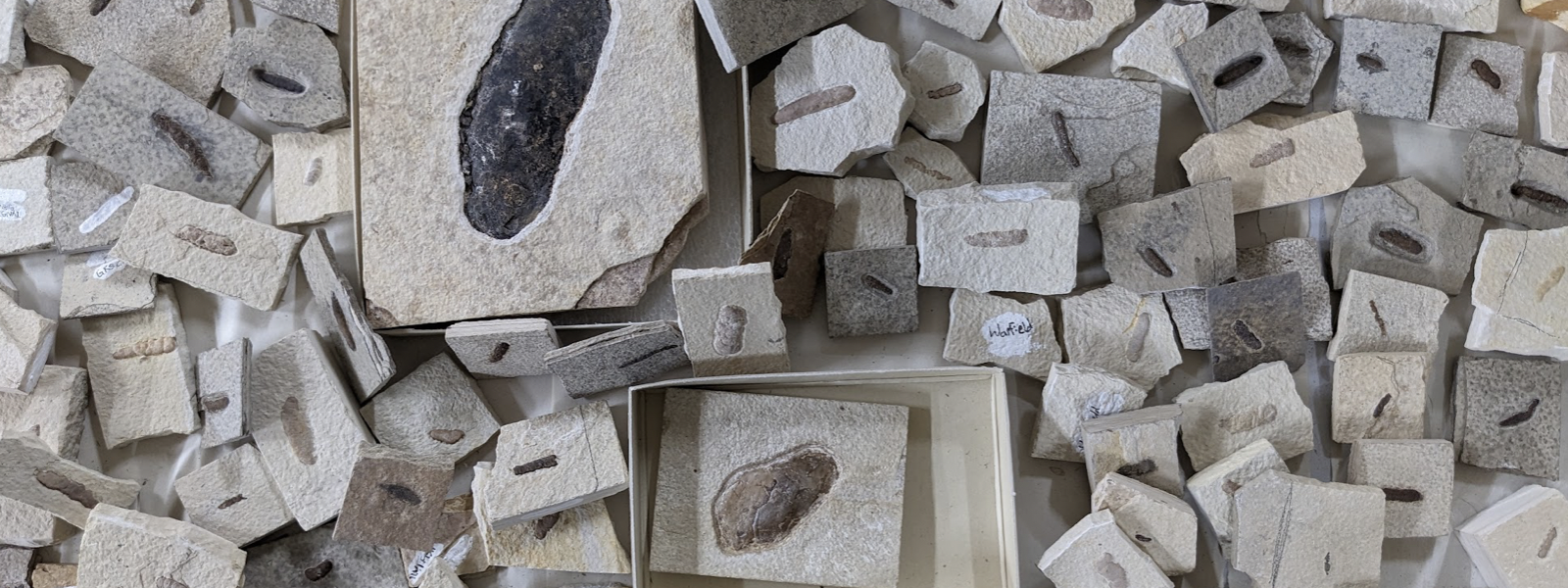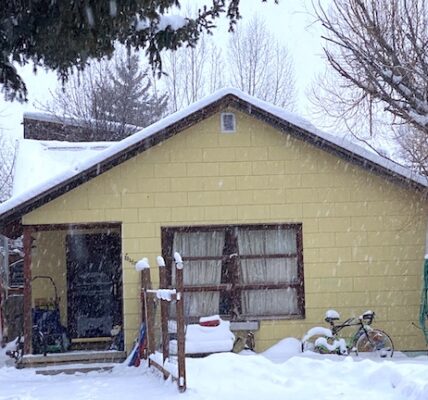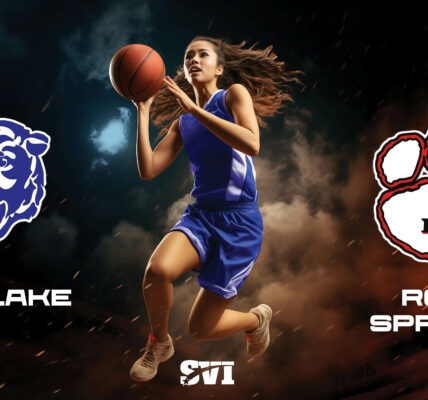
By Rana Jones
Kemmerer Gazette
Via- Wyoming News Exchange
KEMMERER — Fossil Butte National Monument park manager and museum curator Arvid Aase had an idea years ago to make an exhibit of fossilized animal feces, or coprolite, in the museum bathrooms.
Aase started working at the museum in 1995 as a seasonal worker and said, with a little patience, his vision for the display is now coming to fruition. Not only is it happening, but the story is getting press from National Parks Magazine and drawing attention on a large scale.
Fossil Butte staff are hoping the display will be complete by Memorial Day, with an open house in July.
Coprolites are often tossed, but Aase had a different plan for them. Noticing a pattern in which visitors would go to the bathroom first thing upon arrival at the museum, he decided that would be a great place for an exhibit.
He asked local fossil couriers to contribute coprolites by collecting and placing the fossils in buckets. They collected more than 10,000 coprolites, which allowed the curators to make matching exhibits for the men’s and women’s restrooms.
There are currently four panels in the exhibit cases, with a couple in the process of getting mounting brackets and being installed.
To save money, the staff chose to do the fossil mounting and installation themselves, just as many of the exhibits are. Though efforts were made to find a local contractor to build the cases, they had to use a company from the Midwest.
Museum technician Dawn Allen-Carlson sorted through and processed the coprolites.
“She spent about a year prepping these and probably processed three or four thousand fossils,” Aase said. “The project is a group effort.”
Aase said they use percussion tools with compressed air to get close to the fossil and then use air abrasion to clean them up. Some of the fossils under soft limestone could be exposed quickly, while others that were buried in rock had to be whittled away and were more time-consuming. Visitors can watch the process through a window while rangers answer questions.
While it is not possible to determine what species made the excrement, the fossils offer information and are educational.
“From these coprolites, we can determine that the fish were living in Fossil Lake,” Aase said. “Because of the calm waters of the lake, the fossils were preserved very well. Observing bones and scales in coprolites can give clues about the species’ diet.”
The museum currently has a fossil of a fish with a coprolite still inside the body, which is called a colonite.
Aase said the interpretive text to go with the coprolite exhibit will be brief because people are not going to be hanging out in the bathroom, but they can get a quick look and move on.
The coprolite theme will be incorporated on retail items, such as shirts, and the staff is having fun tossing around ideas for slogans such as “Come to Fossil Butte for a whole lot of coprolites and giggles.”
An open house for the bathroom exhibits is scheduled from 1-3 p.m. on Tuesday, July 18.





